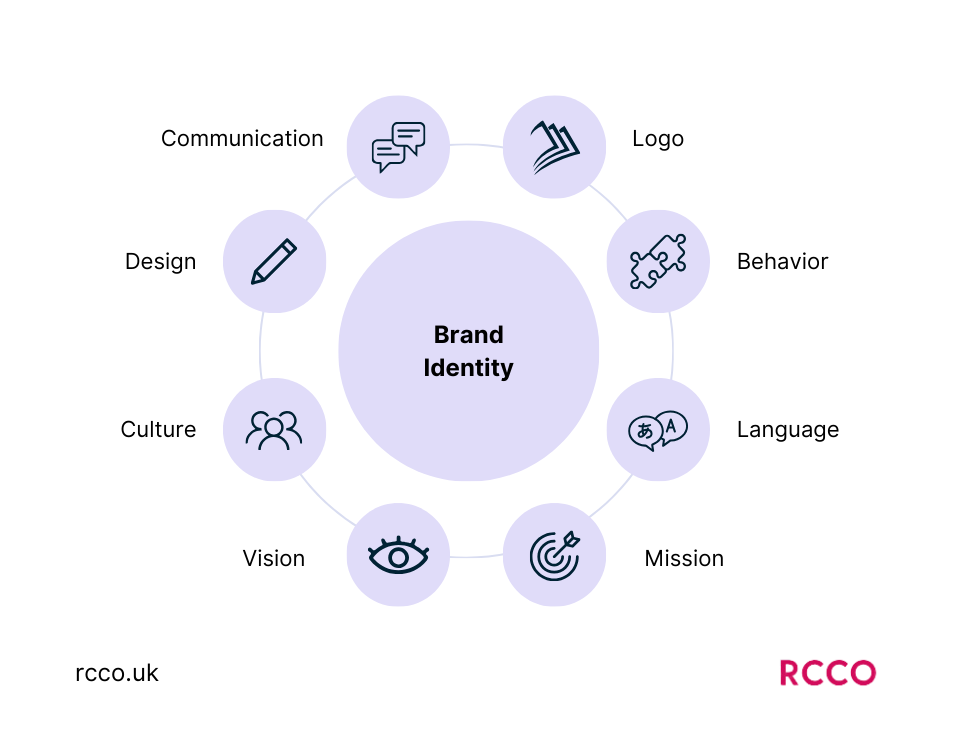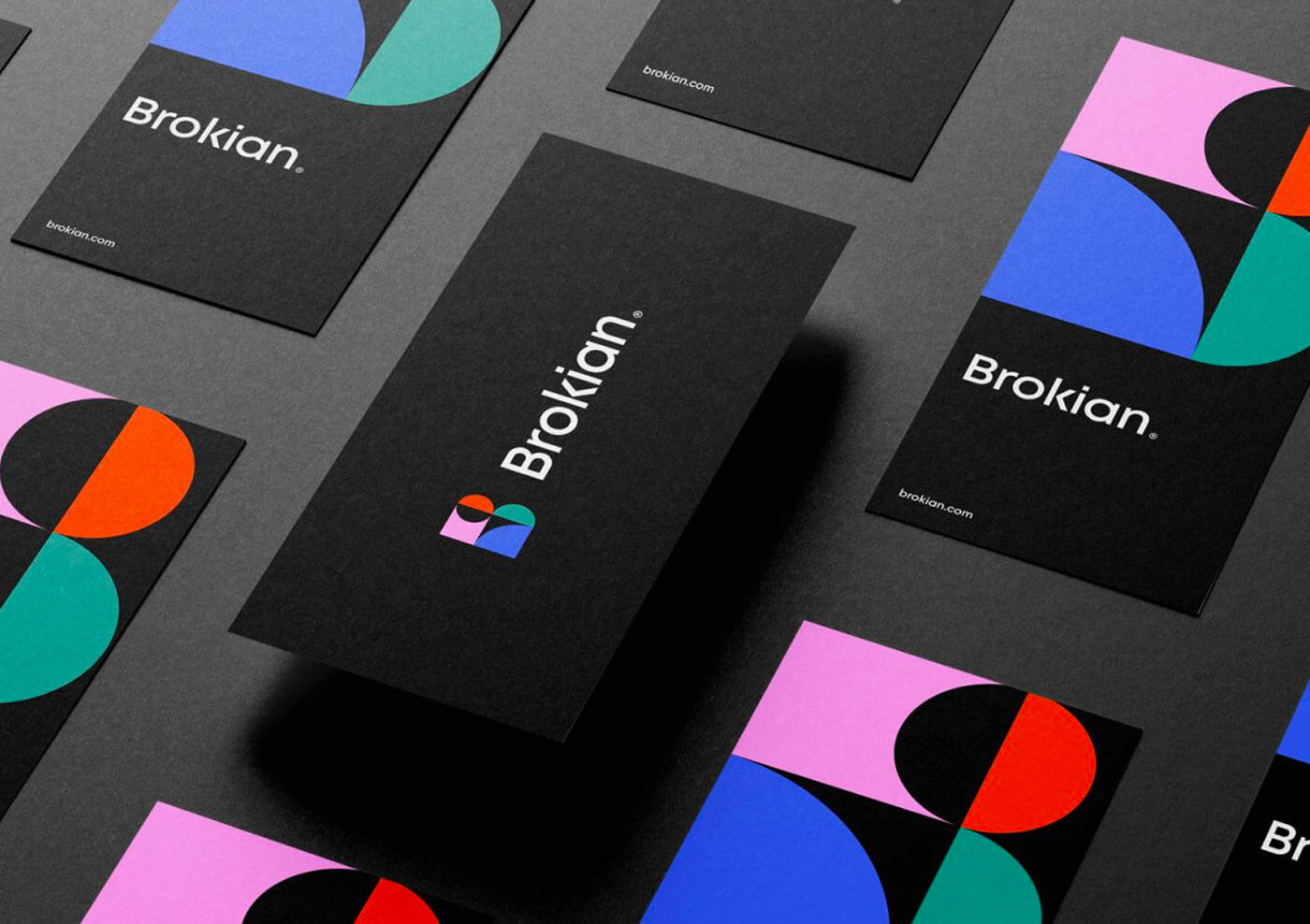Visual Identity vs Corporate Identity: What’s the Difference?

Understanding the distinction between visual identity and corporate identity is crucial for businesses aiming to build a strong brand presence. While these terms are often used interchangeably, they represent different aspects of how a company presents itself to the world.
What is Corporate Identity?

Corporate identity encompasses the overall image and personality of a company. It includes the company’s values, mission, culture, communication style, and how it interacts with stakeholders. Corporate identity is the foundation of a brand’s reputation and influences customer perception beyond just visual elements.
Key Components of Corporate Identity:

- Mission and Vision: The company’s purpose and long-term goals.
- Corporate Culture: The shared values and behaviors within the organization.
- Communication Style: How the company conveys messages internally and externally.
- Brand Personality: The human traits attributed to the brand.
- Customer Experience: The overall interaction customers have with the company.
What is Visual Identity?
Visual identity is a subset of corporate identity focused specifically on the visual elements that represent the company. It includes logos, color schemes, typography, imagery, and design style. Visual identity helps create immediate recognition and conveys the brand’s tone and values visually.
Key Elements of Visual Identity:
- Logo: The primary symbol representing the brand.
- Color Palette: Specific colors that evoke brand emotions.
- Typography: Fonts that reflect the brand’s character.
- Imagery and Graphics: Photos, icons, and illustrations used consistently.
- Design Guidelines: Rules for maintaining visual consistency across platforms.
Visual Identity vs Corporate Identity: A Comparison Table
| Aspect | Corporate Identity | Visual Identity |
|---|---|---|
| Definition | Overall company image and personality | Visual representation of the brand |
| Components | Mission, culture, communication, experience | Logo, colors, typography, imagery |
| Purpose | Build reputation and emotional connection | Create recognition and visual appeal |
| Scope | Broad, includes all brand touchpoints | Narrow, focused on visual elements |
| Impact | Influences perception and loyalty | Enhances brand recall and aesthetics |
Why Both Matter
A strong corporate identity ensures that a company’s values and mission resonate with its audience, fostering trust and loyalty. Visual identity complements this by providing a memorable and consistent look that makes the brand easily identifiable.
FAQs
Q1: Can a company have a strong visual identity but weak corporate identity?
A: Yes, a company might have appealing visuals but lack a coherent mission or culture, which can hurt long-term brand loyalty.
Q2: How often should visual identity be updated?
A: Visual identity should evolve with the brand but remain consistent enough to maintain recognition. Typically, updates occur every 5-10 years or during major rebranding.
Q3: Is corporate identity only important for large companies?
A: No, businesses of all sizes benefit from a clear corporate identity as it shapes customer perception and internal culture.
Conclusion
Understanding the difference between visual identity and corporate identity helps businesses strategically develop their brand. While visual identity captures attention and creates recognition, corporate identity builds deeper connections and trust. Together, they form the backbone of a successful brand strategy.
This article structure, complete with tables, lists, and FAQs, is designed to be SEO-friendly and engaging, providing readers with clear, valuable insights into the topic.
